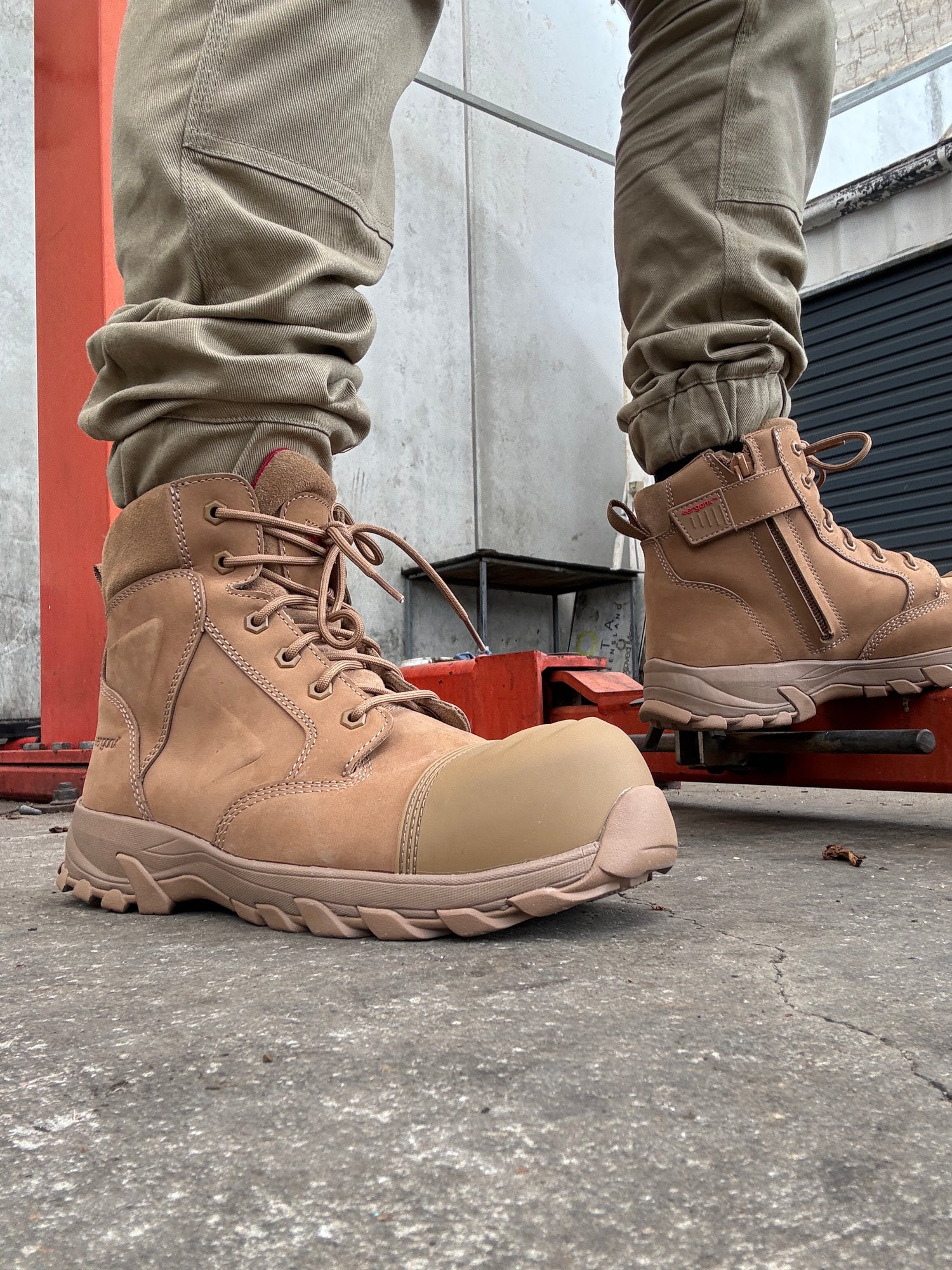HOME / FOOT HEALTH / ORTHOTICS FOR OVERPRONATION
What are pronation and overpronation?
Pronation is a natural movement of the foot in which the foot rolls inwards slightly as it strikes the ground. When you walk or run, this movement acts to absorb shock and helps the foot propel forwards.
Overpronation, on the other hand, is when the foot rolls inwards too much. This excessive rolling cause the arch to collapse and the foot to flatten, which places an undue amount of stress on ligaments, tendons, and muscles. Patients with flat feet display overpronation.
Overpronation can lead to a host of foot problems, including plantar fasciitis, shin splints, and heel spurs. If left untreated, it can also bring about chronic heel pain, knee pain, and lower back pain.

How do I know if my foot overpronates?
If you suspect your feet overpronate, it would be best to first seek advice from a healthcare professional (e.g. a podiatrist). They will be able to perform a thorough examination of your feet, and gait, and determine whether treatment will be required. The alignment between your foot and ankle is often assessed in detail. Treatment options include orthotic inserts, stretching, and strengthening exercises. In severe cases, surgery and medication be be needed.
Your feet may be overpronating if you are experiencing any of the following symptoms or signs:
- Flat feet
- Foot pain or ankle pain
- Shin splints
- Corns and calluses

How can we prevent overpronation?
Healthcare professionals, such as podiatrists, often employ orthotics to prevent overpronation and its effects. Orthotics are removable inserts that are placed inside shoes to provide extra support, stability, and cushioning. Different conditions and issues can be addressed with different types of orthotics. Here are some ways they can limit overpronation:
- By providing arch support – Orthotics can be shaped in such a way that they keep the arches elevated and strong. Arch support also helps to distribute weight evenly across the foot, thereby reducing the amount of stress on the foot’s soft tissues.
- By keeping feet in a more neutral position – By promoting proper alignment, the feet will be able to work more efficiently. With the right kind of orthotic, you will be able to spend longer periods of time on your feet pain-free.
- By providing heel support – Orthotics with extra heel support can help stabilize the foot, reduce inwards rolling, and reduce the risk of injury. When walking or running, more than four times your body weight pressure can be placed on the heel area. This is why it is important to keep it protected and secure.

Custom orthotics vs off-the-shelf orthotic insoles?
Orthotic insoles can generally be divided into two main groups—custom and off-the-shelf orthotics.
- Custom orthotics are custom-made to the specific shape of the wearer’s feet. Precise measurements and models are employed to make a custom orthotic that provides the optimal amount of support where it is needed. These inserts are often more durable and longer lasting than generic off-the-shelf orthotics. However, due to their custom build, these orthotics are usually more expensive and may not be covered by insurance.
- Off-the-shelf orthotic insoles are available in stores, pharmacies, and online. They can be purchased without a prescription and are typically more affordable. These orthotics come in a variety of sizes so it may be possible to find an option that fits your needs well.

No matter what type of orthotic you choose to wear, we highly recommend pairing them with a comfortable supportive pair of shoes. This is particularly important if you participate in high-impact and repetitive activities such as jogging. A good running shoe could help you run for longer distances without experiencing fatigue and strain.
If you have been wondering whether orthotics (custom or generic) would be right for you, or if you have any questions about foot pain, overpronation, or plantar fasciitis, please comment below. You can also reach out to our team at docpods.com/au!


